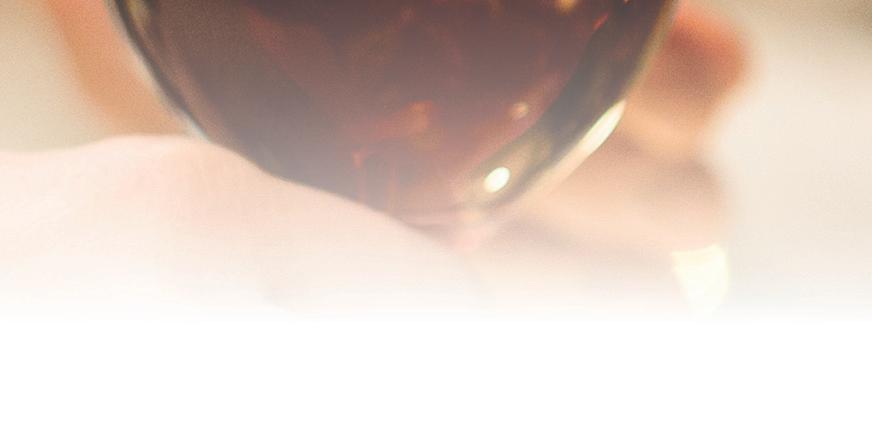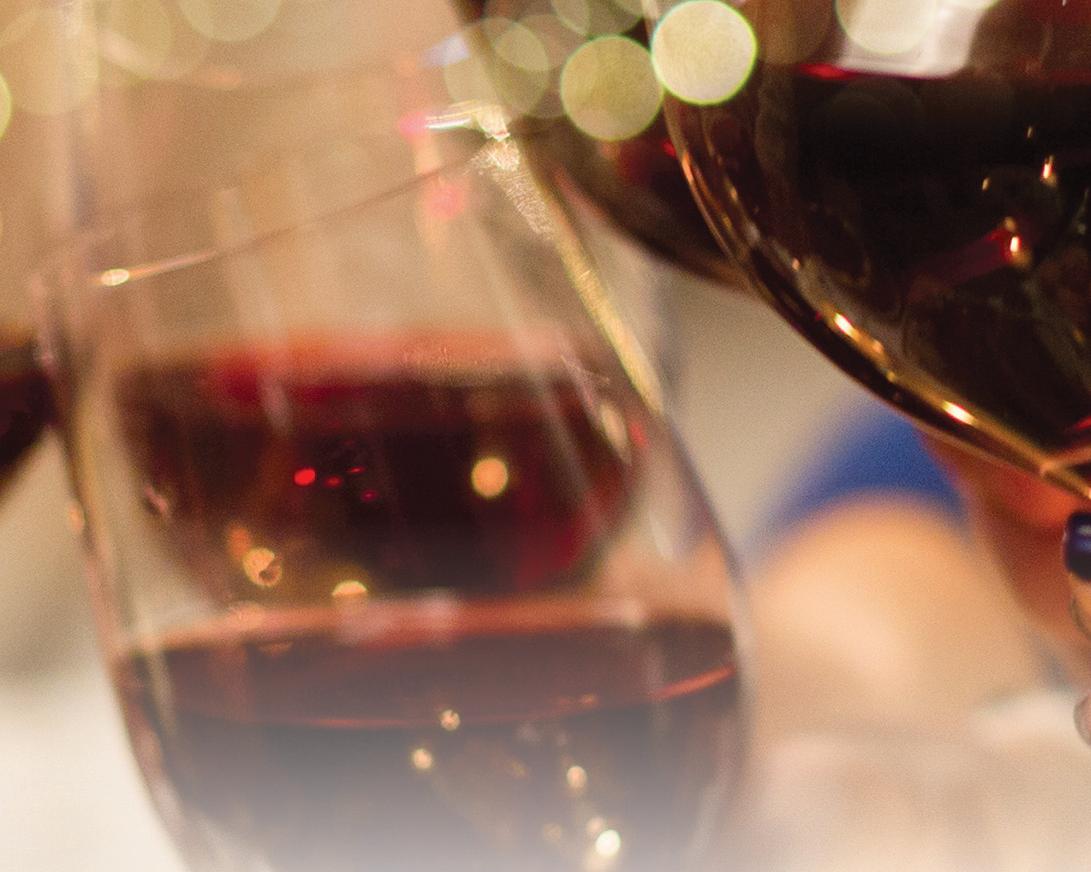
2 minute read
MIXOLOGY
Mixology






A TOAST Making aking
Sometimes, part of enjoying a great bottle of wine with friends is giving a great toast. Here’s some advice for making your toast one they’ll never forget.




History
Toastmasters International (we think they’d know) says toasting was common among ancient Hebrews, Persians and Egyptians. The Romans also toasted, as did the Huns and Greeks. In the sixth century B.C., poison was a concern and toasting was a way to prove a drink was safe to drink. In Europe and England, the clinking of glasses accompanied the ritual, which may have been a way to mix the drinks and, again, lessen the danger of poisoning.
Origins of the Word
According to the wordsmiths at MerriamWebster, toast comes from actual toast, like the browned bread. The shared term comes from the practice of immersing browned spiced bread in a drink after wishes of health or goodwill in honor or celebration of a person. The glasses are then clinked together and sipped or pounded, depending on the drinker. The reason to add toast to the drink was to make it more palatable by soaking up acid and any bitterness in the wine. The bread was then usually discarded.
Toastmasters
Toastmasters became popular as toasting became more popular. Toastmasters International says toastmasters presided over events. In Georgia, where wine has its roots, the tamada is a toastmaster who presides over the meal with skilled oratory. A proper Georgian toast, Wine Folly says, begins when a tamada proposes a toast and drinks his entire glass of wine. The next guest then proposes a toast and then drains his glass. Toasters hold their glasses up and drink after each toast. However, it’s considered disgraceful for the tamada to get drunk.
Keep It Simple
A toast is a gracious means of calling attention to shared gifts, the Emily Post Institute says. Start by fi lling your glass, then stand up, raise your glass and hold a silence long enough to be noticed. Do not, the institute says, bang on your glassware or clear your throat repeatedly. Then, speak from the heart and keep it short. Also, keep eye contact with your audience and make it personal, but be gracious and not overly witty.






